Where is the fairness in ageing? Is it not enough to suffer the indignity of knees that catch alight when you walk too fast – or the realisation the wrinkles around your eyes resemble complicated crows’ nests rather than crow’s feet? Clearly not. On top fading eyesight and insomnia, you’re likely to find your once-normal stomach has morphed into a doughy mass that keeps rising.
(ps. midlife is not all doom and gloom, we're just being dramatic)
As scientists happily point out, when you’re younger, extra kilograms settle subtly on your hips– but once you’ve crossed over to the other side of fertility, lowered oestrogen levels leads to fat making a beeline for your midsection.
Annoyingly, you can’t blame your middle-aged spread entirely on your pesky hormones – overindulging in sugar-laden, fatty comfort foods will have long-term effects on your weight, especially after menopause. In short, while reaching for that second helping of fried chips or apple pie might boost your mood momentarily, comfort eating is not the way to look after your ageing waistline.
So why do we do it? It has all got to do with your grey matter.
When you eat comfort food that tastes good and satisfies your craving, you get a rush of dopamine (a brain chemical that plays a starring role in motivating behaviour). Your brain then remembers the connection between your behaviour (eating comfort food) and the reward (the positive feeling). You are then motivated to reach for that comfort food again because of the feel-good reward, no matter how short-lived it is.

What is comfort food – and why do you crave it?
- Studies show that we find food ‘comforting’ because of the memories, associations, and relationships associated with it.
- It is often the foods your caregivers gave you when you were a child. ‘As long you have positive association with the person who made that food, there’s a good chance you will be drawn to that food during times of rejection or isolation,’ says Dr Shira Gabriel, an associate professor of psychology at the University of Buffalo.
- According to one American survey, top comfort foods are crisps (24%), ice cream (14%), cookies (12%), pizza and pasta (11%), burgers (9%), fruits/vegetables (7%), soup (4%), and other (9%).
- ‘When you're not feeling cared for – maybe you're tired of adulting or having a difficult day – it can feel comforting to go back to those foods,’ says Dr Gabriel.
- According to research, an important trigger is when you experience negative emotions, such as sadness, loneliness or anxiety.
Dr Sandra Sünram-Lea, a professor of biological psychology at Lancaster University, explains that inhaling sugar, cakes, chocolate and junk food is similar to a drug-induced high. ‘Eating processed comfort foods can make you feel briefly better about yourself,’ she says.
The sugar, fat and salt they contain can affect your brain’s mesolimbic reward system, giving you a nice sensation. ‘But the mood improvement is only brief because your body will quickly release insulin, which takes sugar out of your bloodstream and causes a slump. If you try to stop the slump by repeating the cake or biscuit dose your weight will spiral, which is not good for mood.’
Comfort eating means using food to make yourself feel better – to fill emotional needs, rather than your stomach. Unfortunately, emotional eating doesn’t fix emotional problems. In fact, it usually makes you feel worse because you’ll feel guilty for overeating.
To add insult to injury, that belly fat you’re accumulating from all those helpings of peperoni pizza is known as visceral fat. It lies deep inside your abdomen, surrounding your organs – and it’s dangerous. Visceral fat is linked to an increase in insulin resistance, diabetes, heart and inflammatory diseases. It also increases your risk of high blood pressure.
So what should you do instead? Experts say the best ways to process negativity, fear or anxiety is through talking. So the next time you find yourself craving ice cream, reach for your phone instead of the fridge door. Sharing your thoughts and feelings can reduce the need to seek comfort in less healthy ways, such as making poor food choices. A treat every now and then is fine – but using food as an emotional crutch or cure for anxiety is not the best solution.
Tips for cutting back:
- Traditional comfort meals can be less indulgent if you reduce the butter, cream or sugar added in the recipes.
- Bulk up a meal with more veggies to reduce the kilojoule content. For example, add onions, carrots, peas and broccoli to a homemade chicken pie and limit pastry only to the top. Substitute cauliflower for potatoes as a cottage pie topping.
- Yes, have one doughnut if you must. Just don’t eat the whole box.
- Eat simple sugars with nutrient-dense meals to avoid a sugar crash.
Did you know?
When your body has more sugar than it’s used to, it rapidly produces insulin in an attempt to keep the levels consistent. This causes blood glucose to decrease, which results in a sudden drop in energy levels, also known as hypoglycaemia or a sugar crash.
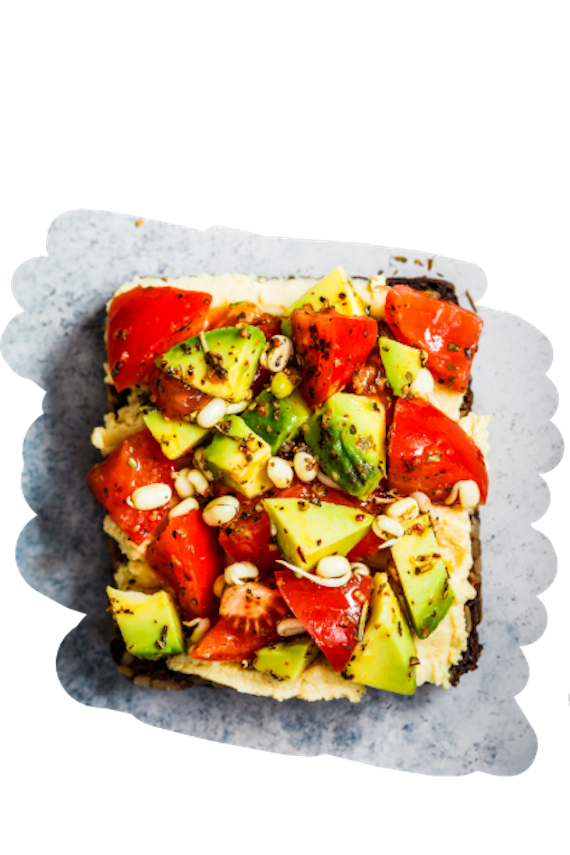

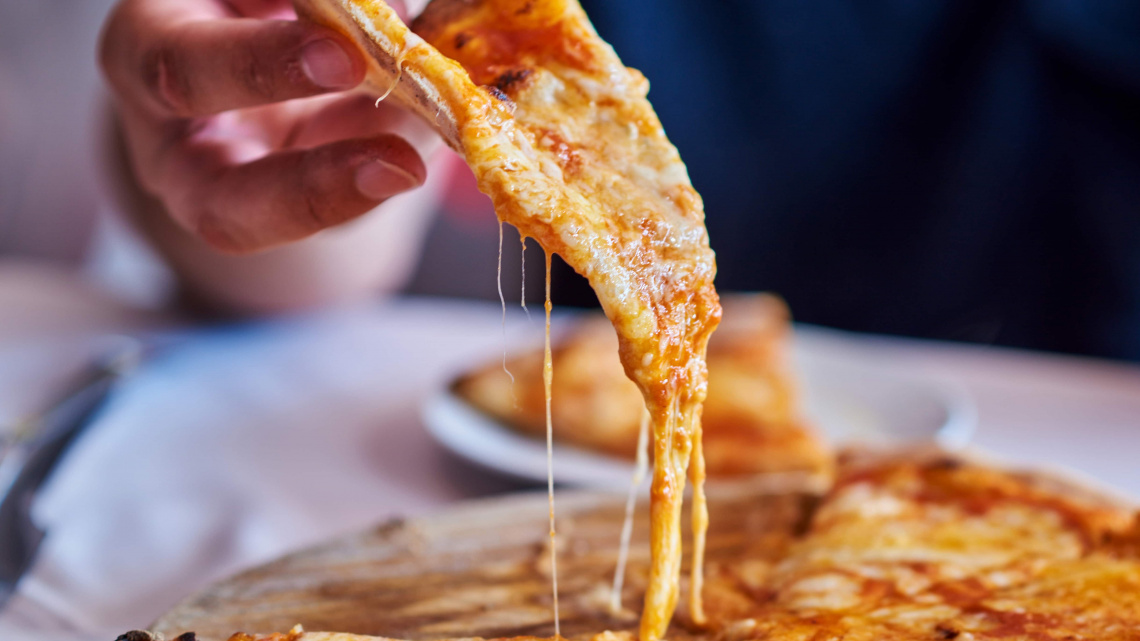
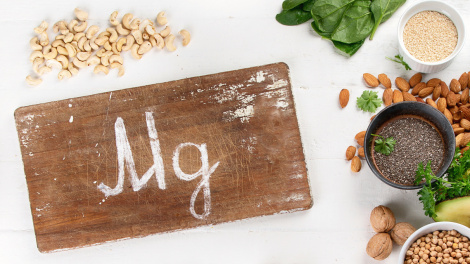

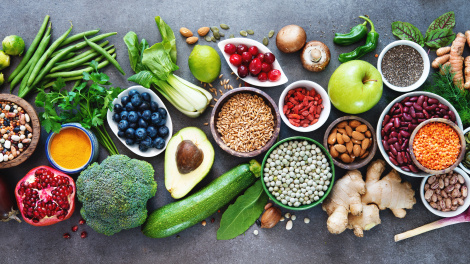

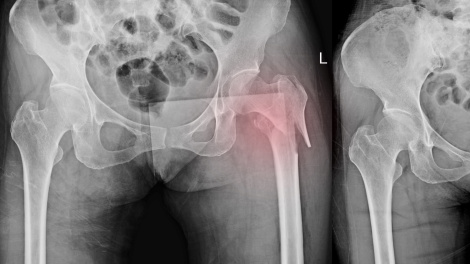
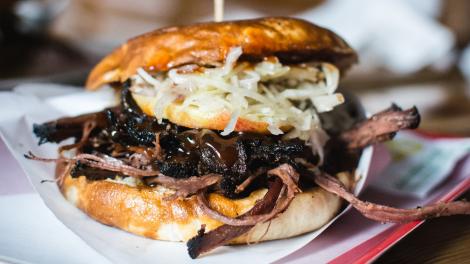
Comments